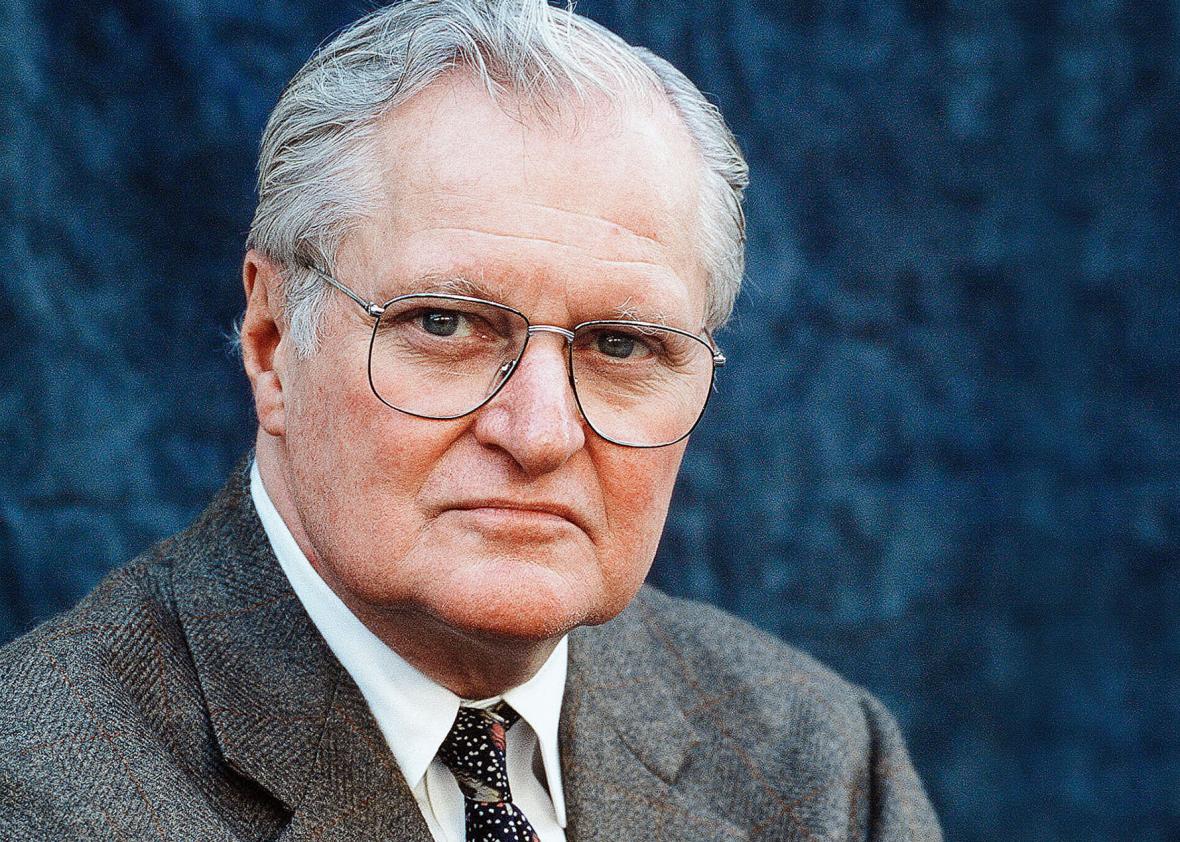 JIM NABORS (1930–2017), best known for his TV role as Gomer Pyle, was one of my first heroes in life, even before I understood why. Gay men of my generation—most of us in our 50s—often talk about when it was we first knew about our sexual identity. For many of us, it was our response to actors we saw on TV. James Conrad in The Wild, Wild, Wild West strutting through frontier towns shirtless, his chest gleaming in the Southern California sun. Whichever Brady Bunch was closest to our age. Will, the boy astronaut on Lost In Space. The late David Cassidy, Scott Baio, Leif Garrett, the dashing blond character Iliya Kuryakin (played by David McCallum) on The Man From Uncle.
JIM NABORS (1930–2017), best known for his TV role as Gomer Pyle, was one of my first heroes in life, even before I understood why. Gay men of my generation—most of us in our 50s—often talk about when it was we first knew about our sexual identity. For many of us, it was our response to actors we saw on TV. James Conrad in The Wild, Wild, Wild West strutting through frontier towns shirtless, his chest gleaming in the Southern California sun. Whichever Brady Bunch was closest to our age. Will, the boy astronaut on Lost In Space. The late David Cassidy, Scott Baio, Leif Garrett, the dashing blond character Iliya Kuryakin (played by David McCallum) on The Man From Uncle.
Nabors, who died last week, played the bumbling and ever-flummoxed—but disconcertingly handsome—filling station attendant on The Andy Griffith Show when I was a very young boy, and he became even better known in later years on Gomer Pyle, U.S.M.C, which aired when I was a kid of ten or so.
It seems that every person remembers with eerie precision certain seemingly sundry moments in our life that don’t seem to warrant such long-lasting attention in our memories, yet they prevail. I can remember standing on the newly mown lawn of a neighbor’s house in my hometown of Evanston, Illinois, sometime in the 1960s and hearing one of my friends making fun of Jim Nabors. My friend was saying, as a Continental Airlines jet flew above us on its final approach to O’Hare, that Nabors was married to another man, an idea so preposterous that I didn’t understand what it could mean. It was a joke with no plausible punchline. And yet, the moment I heard the remark, I never forgot it. A man marrying another man meant that he was attracted to another man.
So, whatever I was beginning to feel about such matters was not something as imponderable as being lost in space or playing catch after school with Peter Brady. I knew that this information about a TV star was vitally important to me. I wanted to write Nabors a letter to find out if this was true and, if not, why someone would make up such a thing about him.
My friend uttered this revelation with complete derision. My other friends groaned at the idea of a man marrying another man—and maybe I was part of the chorus, though I don’t remember having done so in that little forever-frozen scene that took place on the neighbor’s lawn, the hissing of the sprinkler off to the side. And so. And so, when I read in yesterday’s obituary of Jim Nabors that he eventually married his longtime partner, I thought how ironic it was that a rumor I had heard decades ago wound up coming true. What had seemed impossible, unimaginable when the idea was first expressed, had occurred.
The New York Times obituary quotes Nabors as having said: “When you’ve been together 38 years, I think something’s got to happen there, you’ve got to solidify something.” At the time I initially heard the rumor about him, he must have been with a different man than the one he eventually married, but apparently he was already leading the life of a gay man.
Those seemingly mundane moments to which we keep returning are clearly keys to our identity and life story. We may not always know why we can still see a configuration of elements in a room or recall snippets of a conversation, but there must be a reason why these moments endure in our memory.
Gomer Pyle was a complex character. He was often bumbling and inept, failing miserably as a temporary deputy in the Mayberry police department, unable to carry a conversation on a blind date or falling asleep while on the hunt for robbers. But Jim Nabors the actor was tall and handsome, well built, had a beautiful singing voice, and was always a kind person in his TV roles. His characters may have exasperated people sometimes, but he was always well-liked. It took some fifty years for me to understand why that scenario in a backyard—a scene that I have happily rerun so many times—means something to me now.
David Masello is a frequent contributor to The Gay & Lesbian Review.







Discussion1 Comment
The moment I realized I was gay when he comes out in that skin tight deputy uniform in ”The Big House” and the shirt’s so small on him he’s practically popping out of it. Never thought ”Gomer Pyle” was particuarily handsome up until that point and then I realized without a shard of irony… oops.